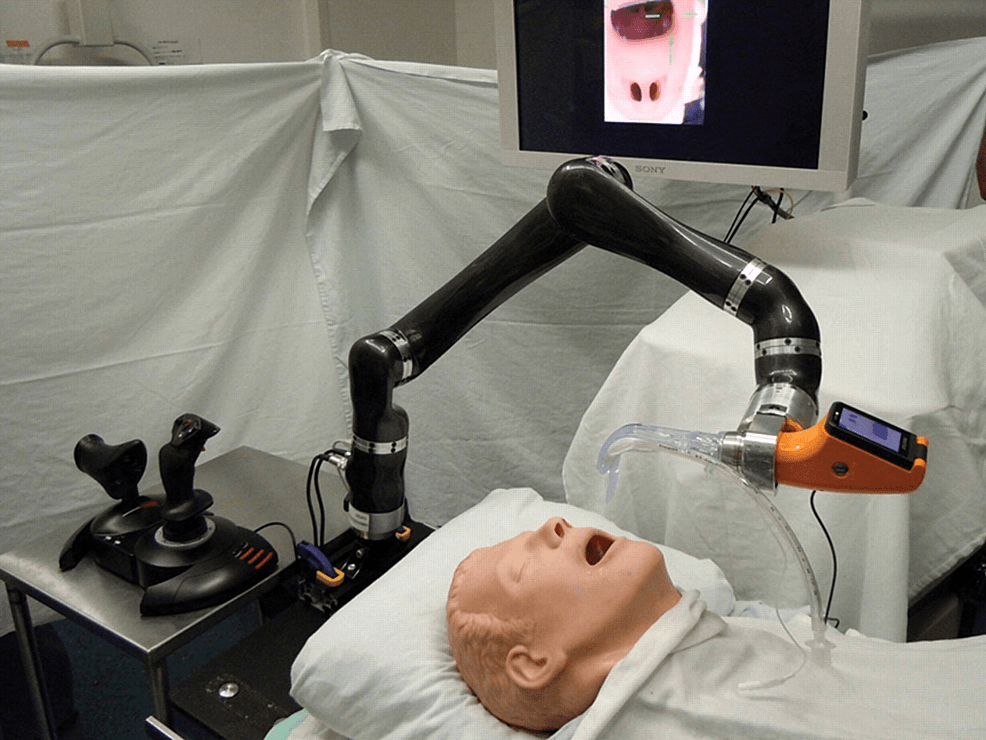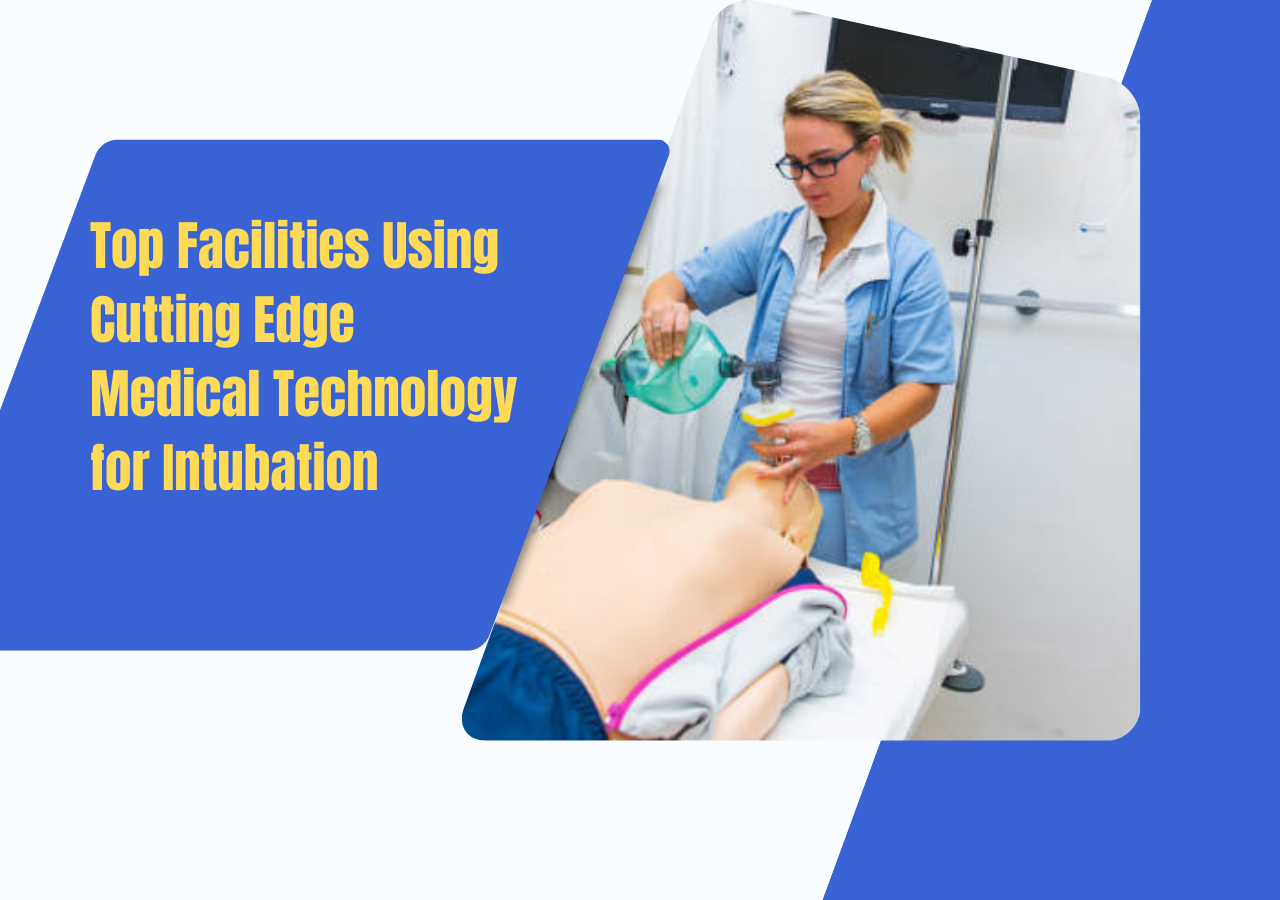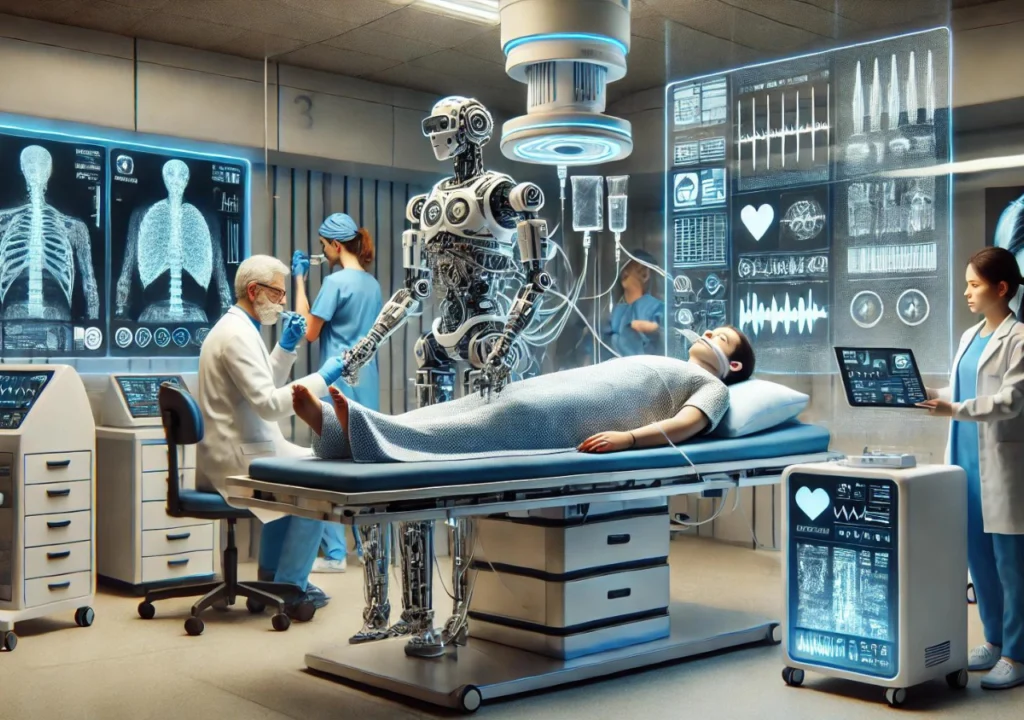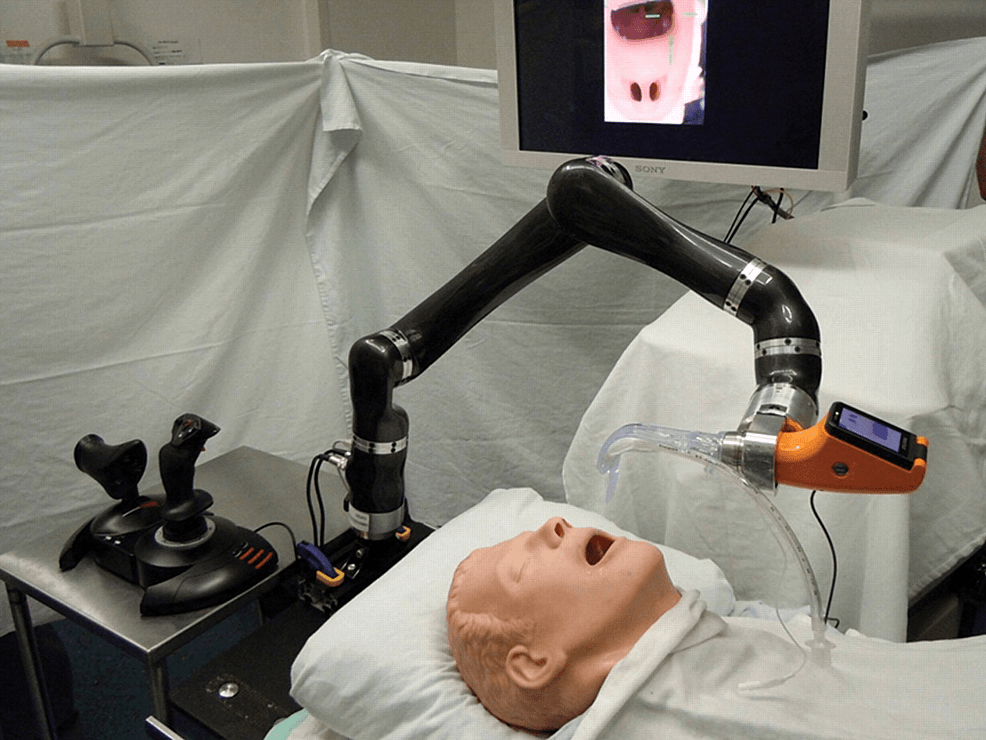Have you ever wondered how technology in hospitals has transformed the way critical care is delivered? In recent years, innovations like automated intubation have become increasingly common. By providing safe and efficient means of securing patients’ airways, these technologies are reshaping patient outcomes and the very landscape of critical care.
Understanding Automated Intubation
Automated intubation is a process that utilizes advanced medical technology to help healthcare providers secure a patient’s airway quickly and effectively. It combines various tools and artificial intelligence to minimize risks associated with traditional intubation methods. As someone keenly interested in the evolution of medical practices, you might find it fascinating how this technology enhances patient safety while also improving the efficiency of emergency procedures.
What is Intubation?
Intubation is the insertion of a tube into the trachea to maintain an open airway, especially in patients who are unable to breathe independently. Traditionally, this procedure has relied heavily on the skill and experience of healthcare professionals. While skilled practitioners have performed countless successful intubations, the procedure can be challenging, especially in emergency situations.
The Need for Automation
In emergencies, every second counts. The need for rapid intervention can sometimes lead to complications during manual intubation. This is where automated intubation comes into play. By integrating technology, the procedure can be performed more quickly, reducing the overall time it takes to secure a patient’s airway. You might recognize the importance of minimizing oxygen deprivation, and automated systems can help achieve that goal with greater precision.
How Automated Intubation Works
Automated intubation systems typically utilize a combination of imaging, robotic assistance, and advanced software algorithms. By providing real-time feedback and guidance, these technologies support healthcare providers as they navigate complex anatomical pathways.
Key Components of Automated Intubation Systems
| Component | Description |
|---|---|
| Imaging Systems | These systems often incorporate video laryngoscopy to provide visual access to the airway. |
| Robotic Arms | Robotic technologies assist in the precise placement of the intubation tube. |
| Software Algorithms | Advanced algorithms analyze the anatomical structures and guide the operator throughout the procedure. |
Each of these components works in sync to enhance accuracy and reduce the likelihood of complications related to intubation. For you, understanding these components can shed light on how integrated technology affects patient care.

This image is property of assets.cureus.com.
Hospitals Leading the Way
Several hospitals around the world have adopted automated intubation technology. These early adopters showcase how medical innovations can enhance patient care dramatically.
1. Ohio State University Wexner Medical Center
Located in Columbus, Ohio, the Ohio State University Wexner Medical Center is at the forefront of integrating automated intubation technology. The medical center focuses on emergency medicine and critical care, utilizing advanced robotic systems to ensure timely and effective airway management.
2. Florida Hospital Orlando
This facility boasts state-of-the-art technologies, including automated intubation systems. The team at Florida Hospital Orlando employs these technologies during high-stakes situations, providing peace of mind to both patients and healthcare providers.
3. Johns Hopkins Hospital
Johns Hopkins Hospital in Baltimore, Maryland, is noted for its research and education in the medical field. The hospital has implemented automated intubation to enhance its emergency room capabilities, prioritizing the safety and efficiency of its emergency care protocols.
Benefits of Automated Intubation Technology
As you consider the advancements in medical technology, it becomes clear that automated intubation offers several notable benefits.
Enhanced Precision
One of the primary advantages is enhanced precision. By utilizing imaging and robotic assistance, healthcare providers can place the intubation tube more accurately, reducing the risk of airway trauma.
Reduced Complications
The procedures are designed to minimize potential complications associated with manual intubation. Automated systems reduce the likelihood of aspiration, hypoxemia, and other adverse effects, promoting better overall outcomes for patients.
Time Efficiency
As mentioned earlier, time is of the essence in emergencies. Automated systems streamline the intubation process, enabling healthcare providers to respond more rapidly in critical situations. With the help of technology, the time it takes to secure a patient’s airway can be significantly decreased.

This image is property of techcrazeblog.com.
Challenges and Considerations
While there are countless advantages to automated intubation technology, you might be curious about any challenges that come with it.
Training Requirements
Healthcare professionals must undergo training to become proficient in using automated intubation systems. Although these technologies are designed to simplify the process, a solid understanding of both the technology and traditional methods is essential.
Cost Implications
Integrating cutting-edge technology into hospitals often comes with substantial financial investments. You could imagine how difficult it might be for smaller hospitals to justify the costs, especially when balancing budgets with the necessity of providing quality care.
Future of Automated Intubation in Healthcare
The evolution of automated intubation technology is a promising indication of where healthcare might be headed in the coming years. Through ongoing research and development, innovations are likely to become more sophisticated, secure, and accessible to a broader array of healthcare providers.
Expanding Applications
It’s conceivable that the successful integration of automated intubation could extend into other areas of healthcare. For instance, outpatient settings and even remote locations may increasingly adopt these technologies as they prove effective and user-friendly.
Improvements in Patient Outcomes
The goal of any medical innovation is to improve patient outcomes. As automated intubation technologies advance, they will likely contribute to higher success rates in securing airways and decrease the rate of associated complications. The impact on critical care could be transformative, ultimately saving more lives and supporting a higher standard of care.

This image is property of techcrazeblog.com.
Real-World Patient Outcomes
It’s touching to consider how these developments affect people in real-life scenarios. For families and patients, knowing that technology can aid healthcare providers during emergencies provides a sense of security.
Case Studies
You may find it interesting to look at some real-world case studies that highlight the positive impact of automated intubation.
| Hospital | Case Description | Outcome |
|---|---|---|
| California Medical Center | Successful intubation in a trauma patient with severe facial injuries. | Patient stabilized and transferred to ICU for further care. |
| New York City Hospital | Rapid intubation during a cardiac arrest situation. | Swift airway management led to successful resuscitation. |
These case studies illustrate the role that automated intubation can play in urgent medical situations, showcasing the remarkable achievements resulting from this technology.
The Human Element
While technology plays a crucial role in healthcare, your connection to healthcare professionals cannot be overlooked. Automated intubation technology is designed to augment, not replace, the critical thinking and compassionate care that medical staff provide.
Collaboration Between Humans and Machines
The interplay between technology and human expertise will continue to shape the future of healthcare. You may appreciate how healthcare professionals use their clinical judgment alongside automated systems to achieve the best possible patient outcomes.
Empathy in Clinical Care
Automated intubation systems may enhance efficiency, but they cannot replace the empathy and understanding shown by medical staff. It’s important for caregivers to maintain a human connection with patients, ensuring that they feel supported and cared for, even during stressful medical procedures.

This image is property of hutmag.com.
Conclusion: A Bright Future
As you reflect on the advances in automated intubation technology, it’s clear that these innovations could significantly improve care in hospital settings. The combination of precision, efficiency, and enhanced patient safety makes this an exciting area to watch.
The integration of technology into healthcare continues to break new ground, pushing beyond what was previously thought possible. While there are challenges to overcome, the potential for better patient outcomes as a result of automated intubation is something to be optimistic about.
If you find yourself in a situation where automated intubation is required, it’s reassuring to know that hospitals are equipped with cutting-edge technology to administer effective care. Through collaborative efforts and ongoing advancements, the future of healthcare is indeed bright.
